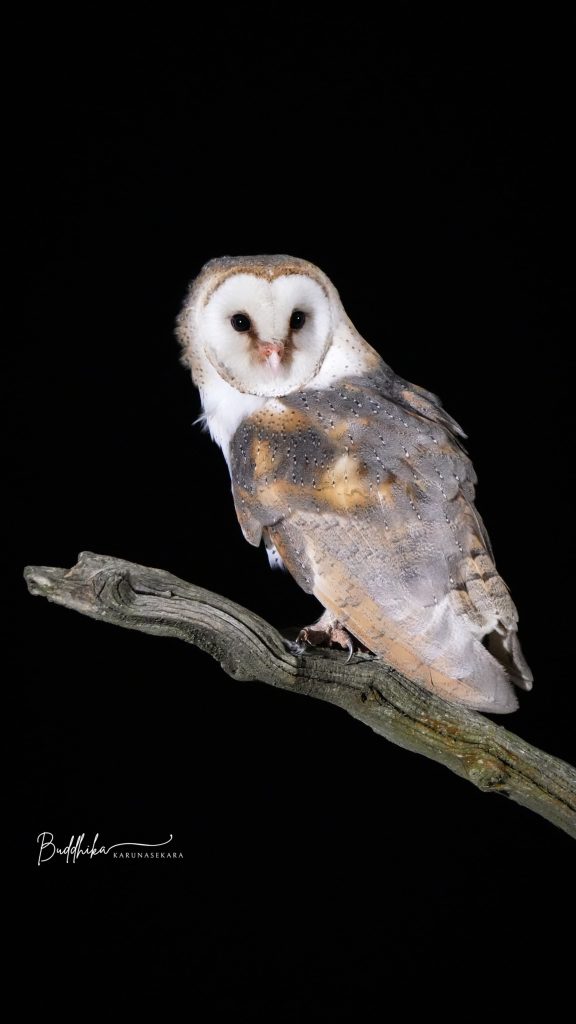
Perched silently in old barns and church towers, the Barn Owl (Tyto alba) has haunted the British countryside for centuries, its ghostly white form and heart-shaped face inspiring both wonder and fear in equal measure.
Unlike the wise owl of Greek mythology, British folklore often cast the Barn Owl in a more sinister light. Its silent flight and ethereal appearance led many to believe it was a harbinger of death. In Welsh tradition, a Barn Owl’s screech near a house foretold imminent tragedy, while in Somerset, seeing one in daylight was considered deeply unlucky.
The bird’s distinctive heart-shaped face sparked various myths. Some believed these owls were the souls of unbaptised children, while others saw them as transformed witches. Their ability to turn their heads almost completely around reinforced these supernatural associations.
In agricultural communities, Barn Owls enjoyed a more positive reputation. Farmers often welcomed them as effective controllers of vermin, leading to the belief that a nesting Barn Owl brought prosperity to a farm. Some even built special ‘owl windows’ into their barns to encourage these nocturnal hunters.
Medieval churches frequently featured Barn Owl carvings, representing both wisdom and vigilance. However, their connection to churchyards, combined with their nocturnal habits, also linked them to darker supernatural beliefs. Some believed they acted as psychopomps, guiding souls to the afterlife.
Native American folklore offers a contrasting perspective, viewing the white owl as a protector and guardian of sacred spaces. This belief occasionally crossed into British colonial folklore, creating interesting cultural intersections.
Today, the Barn Owl remains a powerful symbol in contemporary British culture, featuring prominently in literature and art. Their declining numbers have transformed them from omens of misfortune into emblems of conservation, though their ancient mystique endures in our collective imagination.
Their nocturnal hunting, silent flight, and distinctive appearance continue to captivate, reminding us why these remarkable birds have inspired such rich folklore across generations.
